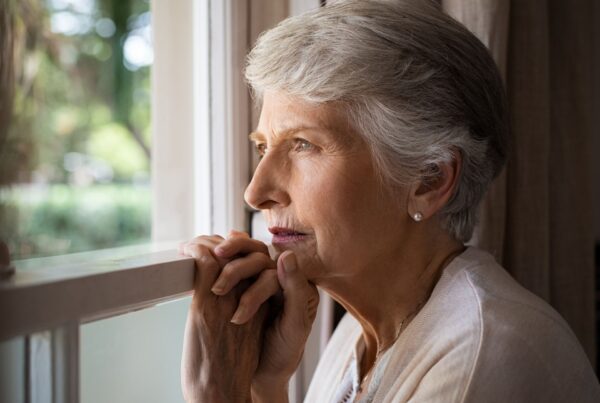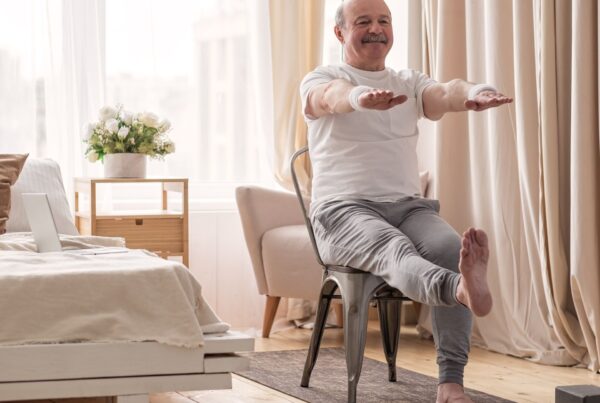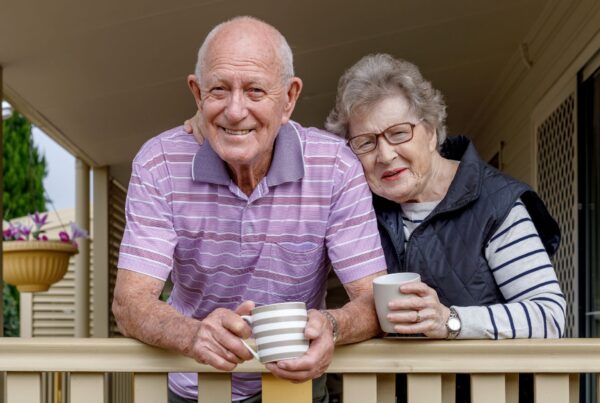In-home care for seniors is not just about addressing health needs; it’s about enriching lives and embracing the golden years with grace and joy. This blog post will explore best practices for in-home care, drawing on industry insights to ensure seniors experience the highest quality of life possible within the comfort and familiarity of their own homes.
Understanding the Holistic Needs of Seniors
Comprehensive in-home care recognizes that senior well-being is multifaceted, encompassing physical, emotional, cognitive, and social health. Best practices involve a thorough assessment of these areas to create a care plan that promotes a balanced lifestyle.
Creating a Safe and Comfortable Environment
The home setting should be a safe haven, and making necessary modifications can significantly reduce the risk of falls or accidents. This includes removing clutter, ensuring good lighting, and installing grab bars in critical areas. Comfort also plays a role in emotional well-being, and personal touches can make a home feel more welcoming and familiar.
Encouraging Physical Activity and Engagement
Physical activity is crucial for maintaining strength and mobility. Tailored exercise programs that respect the senior’s abilities and preferences can be implemented, often with the guidance of physical therapists or fitness experts specializing in elderly care.
Stimulating the Mind
Cognitive health is as important as physical health. Activities like puzzles, memory games, or even digital apps designed for brain training can provide both entertainment and mental stimulation, helping to keep the mind active and engaged.
Fostering Social Connections
Loneliness can be a silent affliction for many seniors. Encouraging participation in community events, facilitating visits from friends and family, or even connecting them with peers through digital platforms are ways to combat isolation and promote mental health.
Personalizing Care
Personalization is key. This can include planning activities around the senior’s interests, such as gardening or art, and ensuring that their daily routine reflects their personal rhythms and preferences.
Nutrition and Diet
A balanced diet is essential for health and vitality. In-home care providers should work with nutritionists to prepare meals that are not only nutritious but also cater to the tastes and dietary requirements of the senior.
Emotional Support and Empathy
Caregivers should be trained to offer emotional support and display empathy, understanding that the transition to relying on in-home care can be challenging for many seniors.
Involving Family Members
Family involvement is critical. Regular updates and involvement in care planning help ensure that the care provided aligns with the family’s expectations and the senior’s needs.
Adapting to Changing Needs
A senior’s needs can change over time, and flexibility in care provision is essential. Care plans should be regularly reviewed and adapted as necessary.
The best in-home care practices revolve around creating a nurturing, secure, and stimulating environment that respects and enhances the autonomy of seniors. By focusing on holistic care, safety, personalization, and family involvement, caregivers can ensure that seniors not only receive the support they need but also enjoy a quality of life that celebrates their golden years with dignity and happiness.






